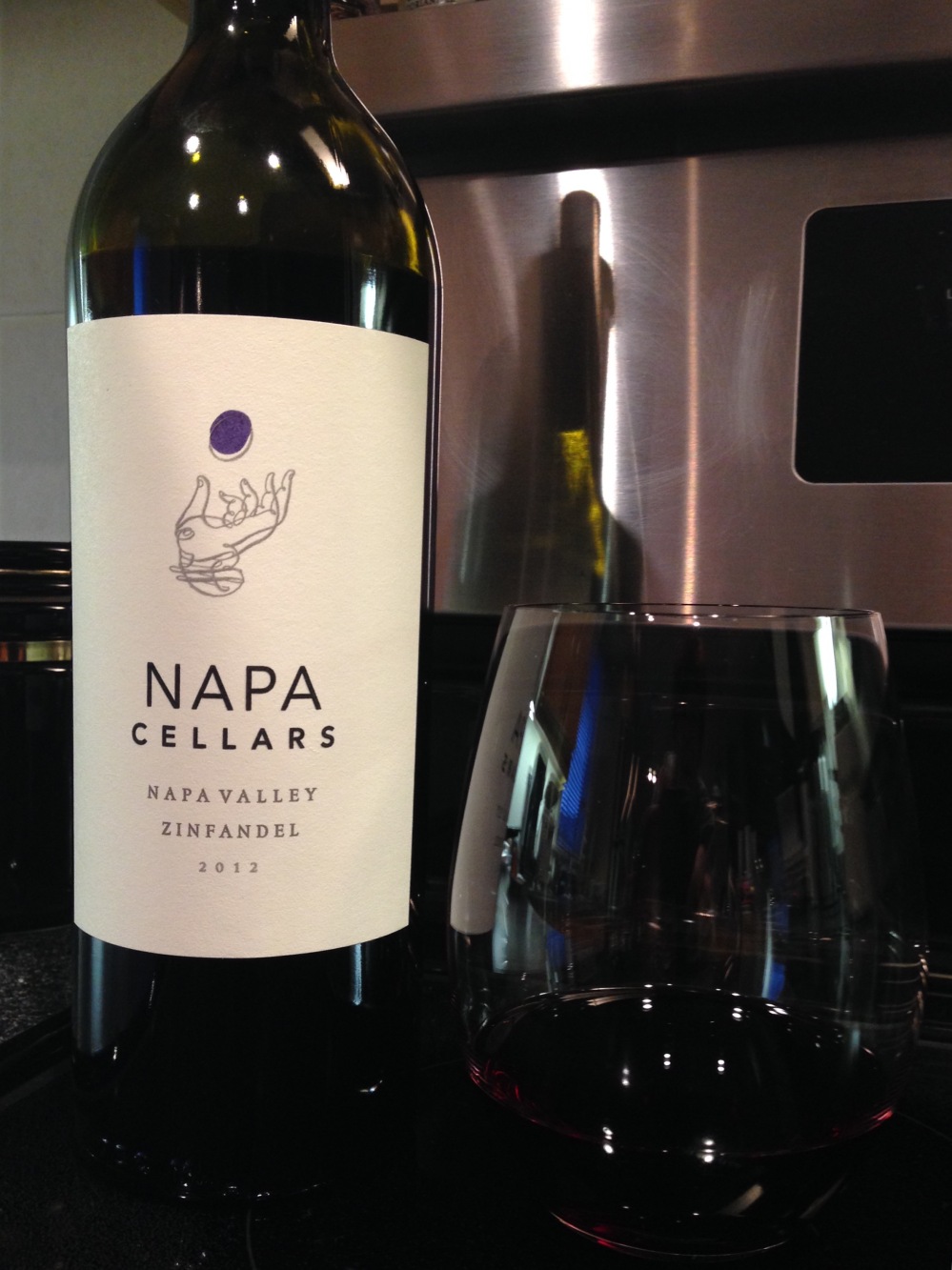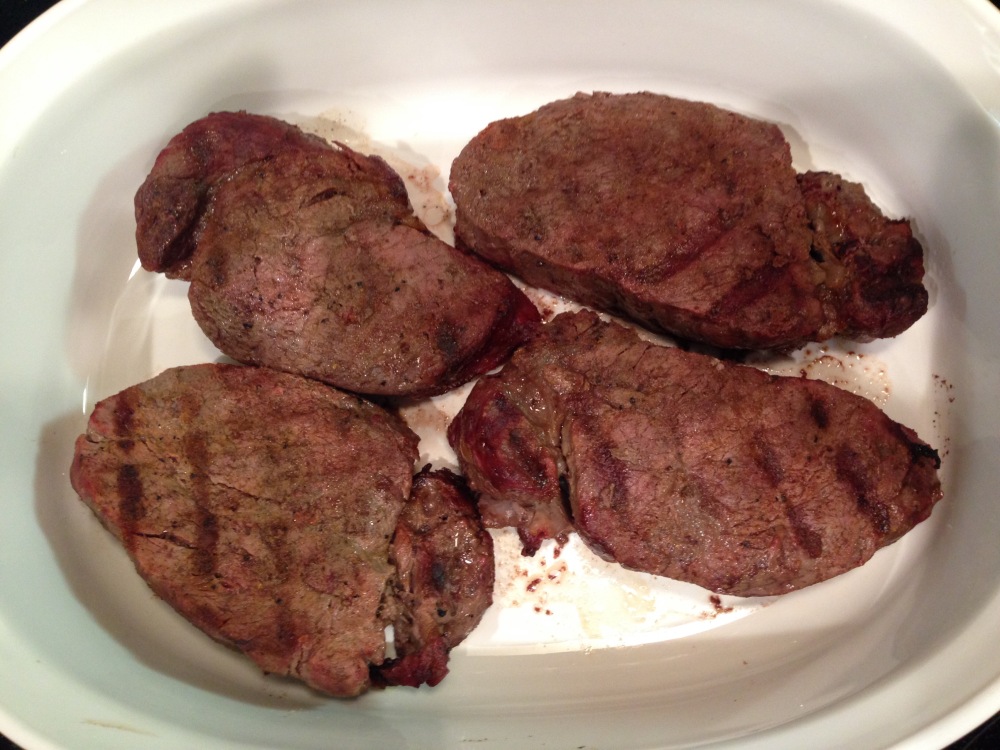
Not every wine varietal has its name in a website URL and such passionate support behind it. Zinfandel does. Zinfandel Advocates and Producers (ZAP) may be behind Zinfandel.org, and how cool is that.
Before we get too deep into exploring this Californian wine, I’ll share a tip with you that I hinted at in the blog title. And the tip is not how to avoid paying top dollar for your bottle of Zin. The savings I refer to are of much bigger magnitude, by far.
I had my first bottle of Zinfandel about a dozen years ago. I was enamored. The second one (not in the same sitting) led to me buying a cottage. If I was to be asked, each bottle of Zinfandel should have a warning in addition to the usual ones related to your health, not to drink and drive, and to recycle. It should say something of it being a great danger of high price-tag real estate purchases. Now, back to the wine itself.
Zinfandel’s incredible journey to the adored wine that it is today starts long ago (as in 15th century perhaps). And it is a journey spanning countries and continents. Closer to today, in the 1970s this red-berry wine was credited with saving if not the California wine industry as a whole, at least the California Zinfandel vines themselves, with its White Zinfandel incarnation. The plot thickens in the 1990s when DNA testing started to get to the bottom of its origin, which finally got deciphered a decade later. But I’ll leave that story for another, possibly cooler day.
Because one of the things that makes Zinfandel remarkable is that its red-wine version is a great match for your barbeque fare even on a sweltering summer day like today. That, despite its easily up to 15% or even higher alcohol by volume.
Amazingly, alcohol levels that high come from such an uneven ripener, which at the optimal time of harvest has fully ripe, but also raisoned and green berries on the same bunch. This gives the resulting wine a breadth of aromas, from fruity and vegetative to woody and spicy, that were nicely assembled in ZAP’s Zinfandel Aroma Wheel, where you can add one of your own, should it not be covered already.
Also supporting its food – barbecued or otherwise – friendliness, on hot and cold days alike is that, as a varietal, it is not overly tannic. Tannins in wine came from the berry skins, the length the skins were in contact with the extracted grape juice during the winemaking, and the use of oak barrels during the wine aging process. The first is influenced by the wine’s nature, while the last two by its nurture. The back label of today’s wine tells a part of that story.

New oak barrels are a powerhouse behind tannic wines. Very tannic wines have their devotees – including yours truly – but such wines pose more of a challenge when pairing them with food. Used oak barrels still impart the desired qualities but to a much subtler extent. With only 14% new oak barrels this wine promises a wide range of successful food pairings.
Quickly looping back to the top, before jumping to the taste notes — there is also a cottage connection to this bottle of Zin. It is a generous gift from dear friends. Thank you Darlene and Don!
The 2012 Napa Cellars Zinfandel welcomes you with the intense garnet red colour. The nose is greeted with beautiful aromas of black fruits (blackberries and black plums come to mind), black pepper spiciness, and vegetative woodiness of a cigar-box. The palette experiences more of the black fruit and spice with addition of strawberry jam and dates flavours, while being coddled with smooth tannins and bright acidity, all well balanced and leading to a long yummy finish. It went well with barbequed beef tenderloin steaks simply spiced with Hy’s Seasoning Salt.

3 Comments Add yours